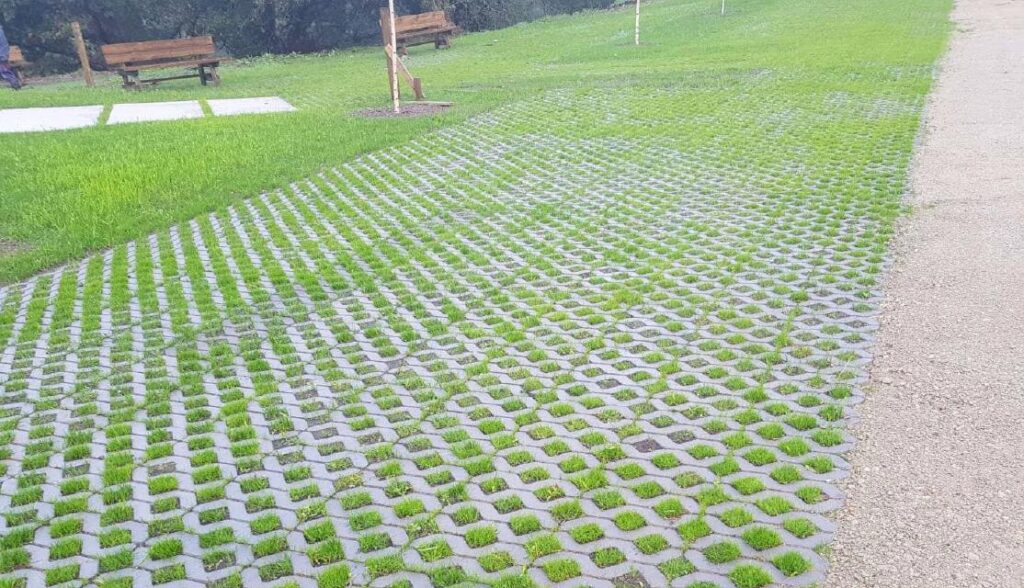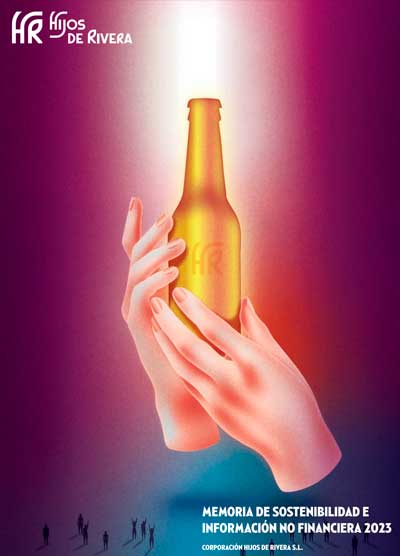The work “Sustainable Solutions for Work Paths in Farms and Mountains” aims to define sustainable solutions for the construction of work roads in fields and mountains ensuring their functionality under an approach that seeks to reduce their impact and the need for maintenance.
The Hijos de Rivera-UDC Chair of Sustainable Development promotes this work of the civil engineers Dr. Carlos Nárdiz Ortiz and Dr.Gael Sánchez Rivas, which can be consulted on the web.
The use of stone water passages or the adaptation to the topography and the integration of signage are just some of the recommendations of this work to improve the environmental and landscape impact of agricultural roads.
The Hijos de Rivera-UDC Chair of Sustainable Development, in its objective of contributing to promoting a competitive and sustainable economic activity, promotes a new project in the Galician agricultural field, making available to the community models of work roads in farms and mountains under a sustainable approach and improvement of landscape integration.
This work was written by the civil engineers Dr. Carlos Nárdiz Ortiz and Dr.Gael Sánchez Rivas, members of the Laboratory of Territorial Studies of the University of Coruña. The full document is accessible on the website of the Hijos de Rivera-UDC Chair in Sustainable Development.
Recommendations to improve the environmental and landscape impact of agricultural roads
The work makes several specific recommendations regarding the platform, drainage and integration into the landscape, appropriate for the different functions and typologies of the work roads.
Among the recommendations for sustainable drainage of the roads are the use of stone water passages for drainage in cases of water upwelling or accumulation in low points, and the introduction of filter surfaces on parking surfaces.
On the other hand, the recommendations for the landscape integration of the work include, among others: reducing the clearings and embankments adapting the roads to the topography, facilitating the visual continuity of the environment with the use of vegetation and the use of permeable paving, allowing the implementation of viewpoints that allow tourist visits or integrating environmental and landscape signage through solutions that are integrated into the environment.
In addition, the authors develop a series of general recommendations, such as facilitating the continuity of natural water courses, avoiding channeling through pipes; and taking care of the delimitation of accesses and work paths through stone wall solutions adapted to the environment; or using vegetation as an element of integration of work paths wherever possible.
Permeable paving for landscape integration
The importance of introducing sustainability and landscape integration criteria in the design of work paths on land plots.
The construction roads in rural plots and hills are exposed to different uses, like acting as access for agricultural machinery and other vehicles, usually of great tonnage, which means they require a sufficiently resistant platform that facilitates the evacuation of rainwater. At the same time, these roads have to facilitate the transit of workers and, in some cases, hikers with some comfort and safety.
On the other hand, these work roads are located in agricultural and forestry environments with a remarkable environmental and landscape quality, so any action, both in terms of its layout and platform and its drainage elements, must be integrated into that environment under the landscape and sustainability criteria, in environmental, social and economic aspects.
The use of solutions that respect the environment and the landscape for the platform, either through traditional materials or through treatments that achieve a greater resistance for the pavement, in some cases using materials from recycling within the concept of circular economy, and, above all, the use of water-sensitive design techniques, with different sustainable drainage systems, can allow to deal with the functional requirements, while moving towards greater sustainability and a more appropriate landscape integration of this type of road.




